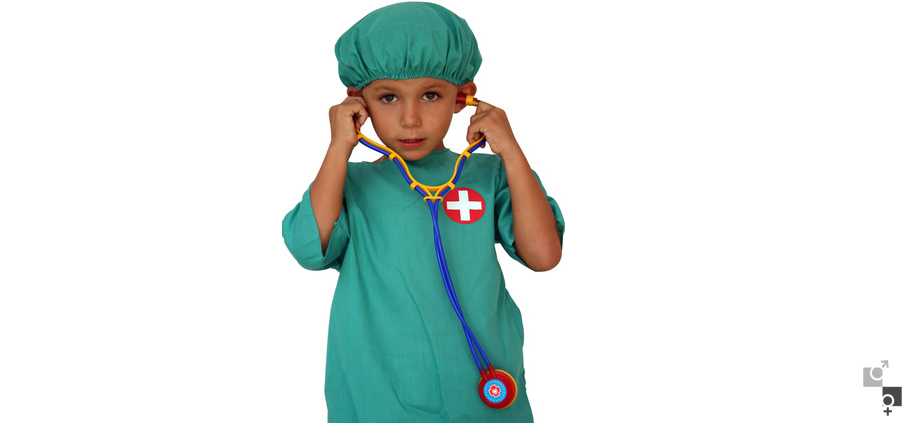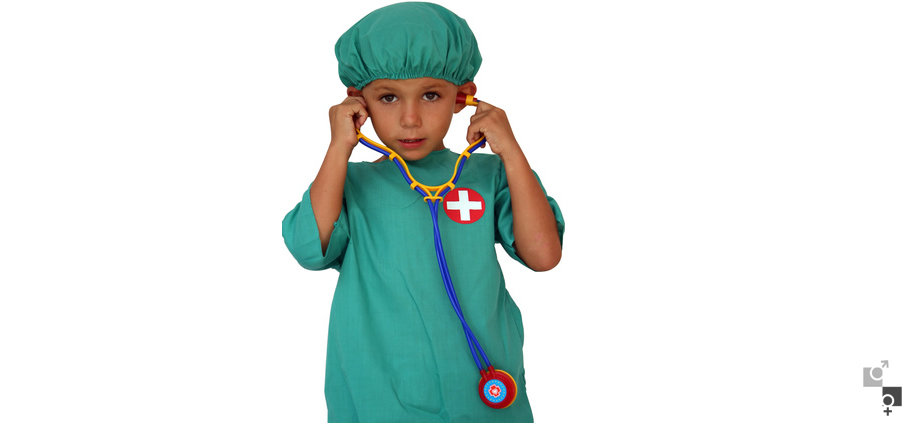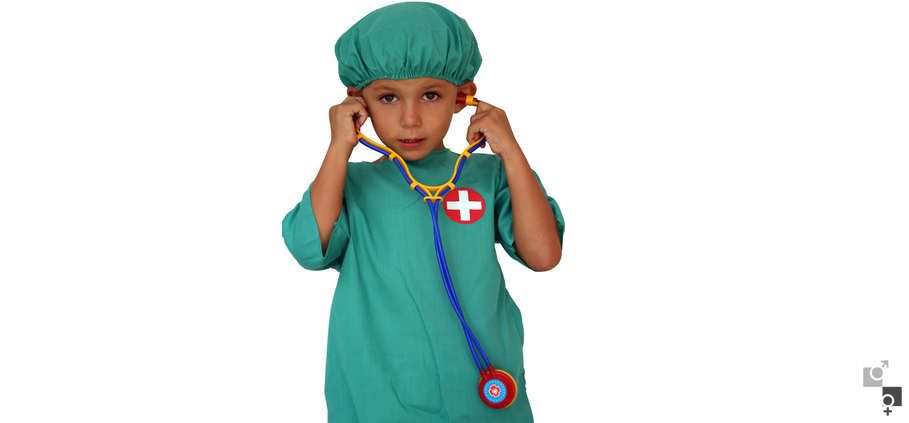Treatment and Surgery Restoration of Kid Urology Diseases
-
-
Cystoscopy
Cystostopy is an endoscopic technique which is considered one of the most important “diagnostic urological tests”, for the examination of the lower urinary system. The test takes a short time, is carried out with local anaesthesia and can be performed in the urologist’s private office, provided it is equipped with the proper endoscopic equipment. The test uses a flexible cystoscope with a diameter of a few millimeters, and can check the urethra for damage in the sphincter or narrowing, the urinary bladder walls, the ureter mouths, the prostate size in men, or whether there are stones, a tumor or growth in the urinary bladder. During the cystoscopy, tissue samples can be collected for biopsy, and some pathological damages can be cauterized. After cystoscopy, the patient may experience mild nuisance (burning sensation) during urination, as well as frequent urge to urinate. These problems do not last more than 2-4 hours and are treated with common pain killers. video -
-
Urethroscopy
Urethroscopy is an endoscopic technique which is considered one of the most important “diagnostic urological tests”. The test takes a short time, is carried out with local anaesthesia and can be performed in the urologist’s private office, provided it is equipped with the proper endoscopic equipment. The test uses a flexible cystoscope with a diameter of a few millimeters, and can check the urethra for damage in the sphincter or narrowing, inflammation or exophytic lesion. During the urethroscopy, tissue samples can be collected for biopsy, and some pathological damages can be cauterized. After urethroscopy, the patient may experience mild nuisance (burning sensation) during urination, as well as frequent urge to urinate. These problems do not last more than 2-4 hours and are treated with common painkillers. video -
-
Congenital Urethral Valves - Restoration
The congenital urethral valves cause obstruction of the prostatic urethra. This means that during urination these valves fall on the urethral tube causing valve obstruction of the urethra and allowing urine outlet only through the narrow opening they create. Their restoration is achieved in surgery with a special instrument, cystoscope, which identifies the cystoscope that cause the obstruction and with a special technique and the proper treatment they are cross-sectioned immediately with the use of electrodiathermy or laser, depending on the location, shape and size of the valves. The procedure is carried out with light sedation and the duration of the operation is analogous to the size of the valves. The patient must remain hospitalized for a day for observation, while the morbidity of the operation is minimal. -
-
Urethral Diverticula – Restoration
The congenital urethral diverticula is a rare condition which causes urethral obstruction. The restoration of the condition is carried out by surgical operation with a small, 2mm incision around the affected area. With a special technique and the proper handling the entire pathological tissue is prepared and then removed. The procedure is performed with light sedation depends on the size of the diverticulum. After the operation, the patient may experience mild nuisance (burning sensation) during urination, as well as frequent urge to urinate. These problems do not last more than 1-2 days and are treated with common painkillers. The patient must remain in hospital for one day, while morbidity is minimal. The patient may return to their normal sexual activity in a month’s period. -
-
Cryptorhidism - Restoration
It is the condition when the testicle is not located in its regular position within the cavity of the scrotum when the child is born. The proper age for the restoration of the condition is when the child is 18-24 months old. Of course there are cases in which the restoration is performed to adult patients also. The operation is carried on with general anaesthesia and its duration depends on the position of the testis (peritoneal cavity, inguinal canal), as there must be preparation of the spermatic vessels and the spermatic chord (where the testis is supported) in order for them to achieve the length required for the testis to reach its normal position. Then the testis is stabilized so it will not return to its prior position. The operation may be laparoscopic or with open surgery, and the option will be decided upon discussion with the Surgeon Urologist and after analyzing the specifics and particularities of each method in conjunction with the patient’s medical history. The operation takes approximately one hour and is carried out with spinal or epidural anaesthesia. One-day hospitalization is required, while morbidity is minimal. -
-
Testicular Torsion – Orcheopexy - Restoration
The restoration of Testicular Torsion – Orcheopexy is an operation that must be performed within 6 hours from the onset of symptoms, due to the increased danger of permanent damage that may occur to the testis. It is usually observed with children and adolescents up to 18 years of age, it can, however, occur to older patients. The operation is carried out with general anaesthesia and its duration is approximately 45 minutes. A small (2cm) incision is made in the scrotum where the testis is firmly positioned so that torsion will not occur again. One-day hospitalization is required, while morbidity is minimal. -
-
Varicocele - Restoration
It is the dilatation of the veins of the spermatic cord which results in the formation of varicose venous networks. During the operation the urologist surgeon ligates and intersects the dilated testicular venous network in order to stop the retrogression and stagnation of blood around the testis. This is observed at the inner spermatic vain of the left testicular venous system due to anatomic particularities and is restored with a small (3cm) incision in the inguinal area. The operation takes approximately one hour, is carried out with general anaesthesia and the required hospitalization time is usually one day.
There are 4 different surgical techniques:- -Palomo Method, high ligature
- -Ivanissevich Method, inguinal ligature
- -Marmar or Goldstein Method, subiguinal ligature
- -Laparoscopic ligature
Another, non-surgical, method for the treatment of varicocele is the Tauber technique, and consists of the injection of sclerotic substances in the inner spermatic vein with X-ray test.
Which of these techniques will be finally preferred will be decided based on the individual problem and upon discussion with the medical care provider. -
-
Hydrocele – Surgical Restoration
Hydrocele is the collection of fluid between the petals of the tunica albuginea of the testicle (pre-formed fibrous capsule covering the testes), and is called idiopathically elytroid. The accumulation of fluid is progressive and painless. A small incision is made in the scrotum to open the cavity of the elytroid tunica of the testis. Then the fluid is removed and the elytroid tunica is reversed and firmly fixed in order to efface the already existent cavity so as not to recur. The operation is carried out with general or spinal anaesthesia. One-day hospitalization is required, while morbidity is minimal. Possible nuisance in the scrotum area do not last more than 2-4 hours and are treated with common painkillers. video -
-
Spermatocele – Surgical Restoration
It is a small, soft cyst which contains accumulated fluid (mostly sperm) on the upper and rear part of the testis. This operation is performed by making a small incision in the scrotum in order to open the cavity of the elytroid tunica, and then identify and remove the cyst. Usually, specimen of the cyst is sent for biopsy. The operation is carried out with general or spinal anaesthesia. One-day hospitalization is required, while morbidity is minimum. Possible nuisance in the scrotal area do not last more than 2-4 hours and is treated with common painkillers. -
-
Circumcision – Phimosis – Paraphimosis - Restoration
Circumcision is the excision of part of the foreskin which results to revealing the glans penis cannot be revealed due to cicatricial preputial stenosis (stenosis or narrowness of the foreskin) that prevents retraction. At times, several circumcision methods and techniques have been described. In the most common methods, the prepuce is cut circularly, 1cm beyond the end of the cicatricial pathology. After careful haemostasis, the internal petal of the foreskin is stitched to the external petal, using very fine absorbable sutures. The operation does not last more than 35 minutes and is carried out with light general sedation or local anaesthesia, depending on the patient’s age. Full restoration is achieved after 7-10 days, when the patient can return to his normal sexual activity. video -
Prepucial - Glanular Symphyses – Phimosis
The Prepucial-Glanular sympheses is a condition where the glans penis of small children and adolescents cannot be revealed. Resolution of the sympheses can be performed in the urologist’s private office, provided it is properly equipped. This minor surgery does not last more than 15 minutes and is carried out with light local anaesthesia (gel xylocaine – cream emla) depending on the patient’s age. Possible nuisance in the area does not last more than 2-4 hours and is treated with common painkillers. -
-
Bladder Neck Stenosis (Marion Disease)
This condition is rare and is caused by the development of fibrous tissue on the urinary bladder neck. It is more commonly observed in boys. The surgical restoration of the condition is similar to that used in cases of benign prostatic hyperplasia. The operation is carried out through the urethra with a special instrument, with which we insert a flexible optic fibre, the Green Light PV, which vaporizes the specific fibrous tissue that we want to remove. Also, this instrument performs suction of the remaining parts of the tissue, and at the same time the tissues are cauterized and haemostasis is achieved. The operation is carried out with general or spinal anaesthesia, does not last longer than 1 hour and the patient remains 24 hours in hospital for observation. video 



